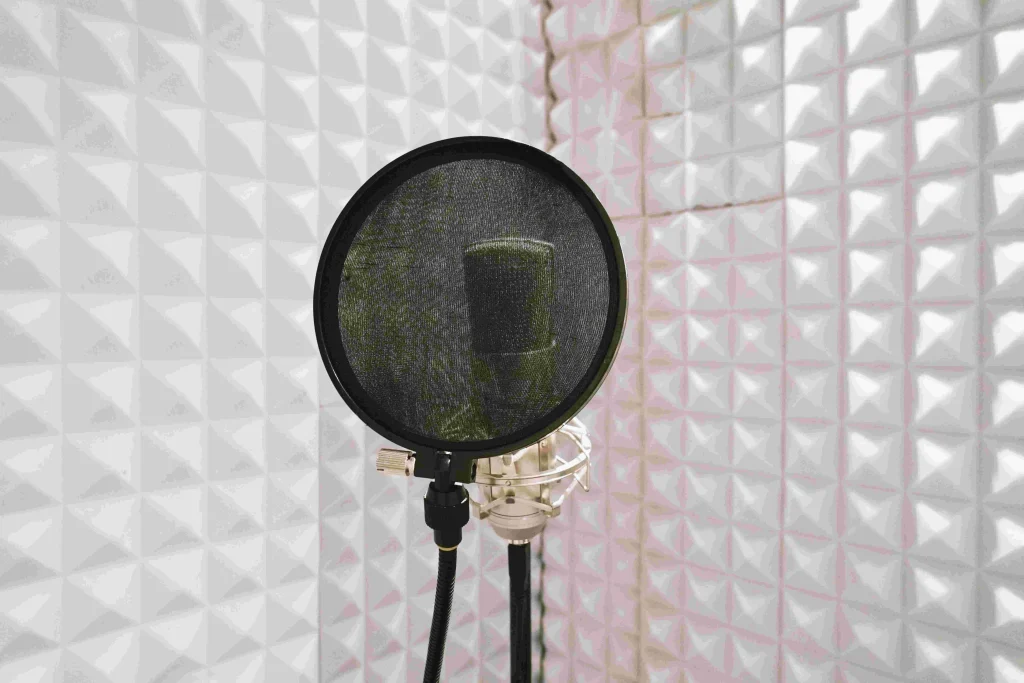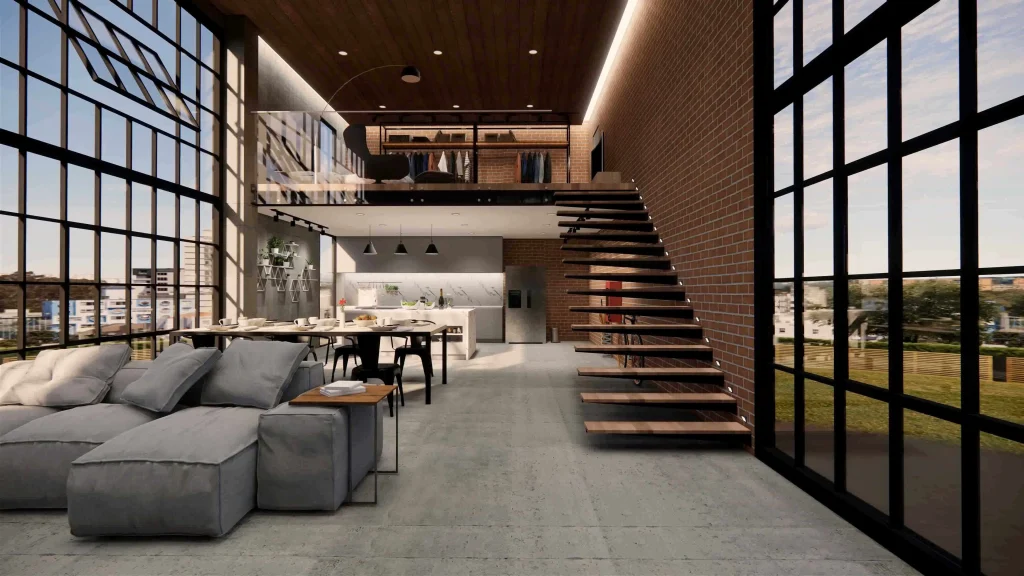If you are a person who values freedom but yet desires to live close to your job area and experience city life, well, owning a condo in Las Pinas is a fit decision for you. Living near workplaces, bars and restaurants, public transit, prominent sights, and a variety of events are the valuable perks of investing in a condo living.
In addition, investing in a condominium is practical due to its location. Living in a condo unit makes you feel like you have a mall at your front door due to the accessible commercial and business areas it offers which helps you save time and money.
Additionally, a condo investment offers a better standard of security. The majority of condominiums provide CCTV cameras, smoke alarms, and fire sprinklers in every apartment and hallway in addition to 24-hour security. The majority even have CCTVs and mobile security.
However, one of the main issues in living in a condo in Las Pinas is that it gives less privacy and perhaps noisy neighbors. You’ll probably hear your noisy neighbors fighting, having fun loudly, and crying babies. Condominiums might not be the ideal choice if you’re looking for peace and quiet unless you make a significant investment in soundproofing your condo in Las Pinas.
The Ugly Truth About Noise

Have you ever experienced being irritated and annoyed by loud noises in your neighborhood? If yes, you are not alone. In fact, in Canada, according to Natalia Polis, an attorney with Toronto’s Lash Condo Law, a business that specializes in condominium law, “noise-related complaints are just exploding.”
Unfortunately, in some cases, noise issues lead to suing since according to our Civil Code, noise that irritates or offends the senses, prevents or impairs the use of property, or both constitutes a nuisance.
A private person may bring a lawsuit against a public nuisance if it specifically harms him.
These noise problems may cause disputes between you and your condominium neighbors and having a quarrel with your neighbors is the last thing you want to be a concern if you want a peaceful condo living.
Sound can travel from a source to a receiver in one of two ways: either through the atmosphere or a building. The 2 kinds of noise are Structural Noise and Airborne Noise. Let’s now quickly define these two terms:
What is Structural Noise?

Structural noise is when you hear noise from the ceiling, there might be someone walking or running on the floors above you, especially when you reside in a two-story home or an apartment building below another person, and you hear their footsteps, vibration bass from loud music, playing of instruments, as well as traffic and vehicle noise.
Because both sides of the building element vibrate as a result of the vibrations, the structure-borne sound is produced. The hardest to isolate is often this.
What Is Airborne Noise?

Airborne noise, on the other hand, is when your noisy neighbors keep on talking loud, as well as loud music but not sufficient bass that causes vibration to your condo walls.
By adding more mass, such as installing drywall, it will be much more difficult for the airwaves to travel through the walls.
Effects of Noise Pollution on Your Health

You may not know, but both your ear is an aural channel that is always open. It means that even while you are sleeping, they are active in receiving and transmitting noises which are then filtered and processed by your brain. All the background noises such as loud neighbors and traffic cause your body to respond and your brain to release certain hormones that affect you.
In fact, according to the Australian Academy of Science, numerous health issues, including stress, poor concentration, lost productivity at work, communication problems, fatigue from lack of sleep, and more serious conditions like cardiovascular disease, cognitive impairment, tinnitus, and hearing loss, have been linked to prolonged or excessive noise exposure.
What is Acoustics?
The way a physical place interacts with sound is known as room acoustics. The acoustic profile of a particular space is greatly influenced by the room’s design, the use of reflecting and absorbent paneling, furniture placement and choice, ceiling height, and building materials.
How Can I Soundproof a Wall in My Condo Unit?
Reducing noise is essential in enhancing your ability to sleep, concentrate, and enjoy your surroundings even in a small space of your Condominium. Don’t worry, since you do not need to be an interior designer for you to soundproof your property.
Choose the materials that best suit your lifestyle while making your selections. Ideally, you should spend money on high-quality building supplies, especially if you intend to live in your house for a long time. Think about eye-catching elements to make a place stand out and be visually appealing if you want to make it the main point of the room.
To soundproof an existing wall without major construction, here are some of the soundproofing tips for you to add to your wall in order for you to completely soundproof your existing condo wall without needing a construction company for major amendments and save you a bunch of money (and no, we won’t be mentioning the use of egg trays, since it is used for other purposes, plus, it’s hygienic and might cause pest issues.):
Rockwool or Glass mineral wool
The basic materials used to create mineral wool, also known as rock wool or stone wool, are glass and stone. Similar to how glass is processed, these raw materials are heated to high temperatures until they melt, at which point they are spun into fibers like those of wool to create this insulation foam.
Because it is so dense, Rockwool not only has the best sound interior insulation properties of the commonly used insulation materials but it is also very affordable and easy to install because it is non-toxic, non-flammable, and won’t harm your skin like spray foam or fiberglass.
Price range: PHP 2100-4500
Regarding glass mineral wool, the glass strands are organized into a structure like wool to create glass wool, an insulating material. The method creates several tiny air gaps between the glass, and these air pockets provide the finished product with excellent thermal and acoustical insulation capabilities.
The advantages of fiberglass insulation in your condo walls include the fact that you can install it yourself, it’s very economical to buy and install, and it’s a great thermal and sound insulator it is considered a better thermal insulator than Rockwool but lesser effective sound insulator. Typically, it is sold as slabs or rolls.
Price range: PHP 1300-5800

Mass-loaded vinyl sheets
Mass Loaded Vinyl (MLV), commonly referred to as a rubber damper sound barrier, is a limp-mass material used to muffle outside noise and lessen sound transmission without taking up more room. This material is as heavy as lead but is just as safe and can readily cut with a utility knife or cutter because it is made of non-reinforced high-temperature vinyl with no lead fillings.
You can use it to soundproof doors, interior bedrooms, walls, ceilings, ducts, and pipes. This can be utilized for soundproof cars as well. It is an acoustic sound barrier that is incredibly simple to operate and offers efficient soundproofing for a number of sound control applications.
Price range: PHP9300-PHP12100
Soundproof paint
Soundproof paint is a thick, water-based paint with sound-absorbing molecules. Thermacels are the name for these molecules that absorb sound. Thermacels are specialized paint additives that absorb sound and dampen it inside the cells.
Most sound-dampening paints make the claim that they can suppress mid-frequency noises, such as speech in conversation, by about 30%.
Acoustic paint is unlikely to make a noticeable impact if your problem noise is any kind of high-level noise, such as traffic noise. However, if your problem noise is any kind of faint low-level background noise, paint could be an effective answer.
Price range: PHP5300-PHP7900
Acoustic panels or tiles
Acoustic panels are boards covered with sound-absorbing fabric that is used to manage echo and reverberation in a space. Most frequently utilized in commercial soundproofing procedures to address voice intelligibility difficulties. The majority of panels are made using a hardwood frame, a filler (usually mineral wool, fiberglass, cellulose, open-cell foam, or a mix of these), and a fabric covering. It is also design-friendly and gives any place a neat, polished appearance.
Price range: PHP 840-PHP 2400
Sound-dampening curtains interior
Curtains consisting of additional fibers, such as velvet, polyester, or suede, make excellent soundproofing materials. Sound-dampening curtains are also excellent choices because they will close all air holes and aid in sound absorption even more. Noise-blocking curtains can assist filter out part of the sound, or at least attenuate it more than conventional curtains could if you’re seeking to reduce the noisy sound waves brought on by external forces.
Despite their limitations, sound-absorbing drapes can reduce some noise but not all of it. Because of this, these curtains are thicker and heavier than typical curtains.
However, you must understand that even the most soundproof curtain can be broken by a loud enough sound. Remember that no curtain can completely block out noise; in most circumstances, not even your home’s walls can do so if you’re worried that the sounds you wish to muffle are too loud. Choose curtains that will work more like a damper and block out less noise instead, and if you still feel like you’re hearing too much, look into alternative solutions like increasing insulation in your home.
Price range: PHP 260-PHP 3100
Quilted Fiberglass
Others use quilted fiberglass to absorb the noise since this material is dense and a considered good structure. It reduces reverberation time and background noise levels. They are available as wall panels, ceiling baffles, banners, or ceiling clouds and have a Class A flammability rating. They are also lightweight and flexible. However, the downside is that this product is a bit more pricey and is not that aesthetically pleasing.
Price range: PHP 38000
Is a Condo a Good Real Estate Investment in the Philippines in 2022?

Now that you know how to solve noise issues in your condo, you might wonder if a condo is a good investment.
It is a fact that owning a condo is one of the most profitable investments in 2022 since the average rate of appreciation for condominiums is typically higher than the rate of inflation. As you venture into the realm of real estate investment, you should check and research real estate prices, and the best location, and consider the benefits of acquiring the property.
If you maintain the quality of your property, it would be more likely that you retain its value and save your maintenance costs. In that way, you can increase your profits from selling your property.
Related Blog: Personalize Your Luxury Condo with These 5 Intimate DIY Projects


